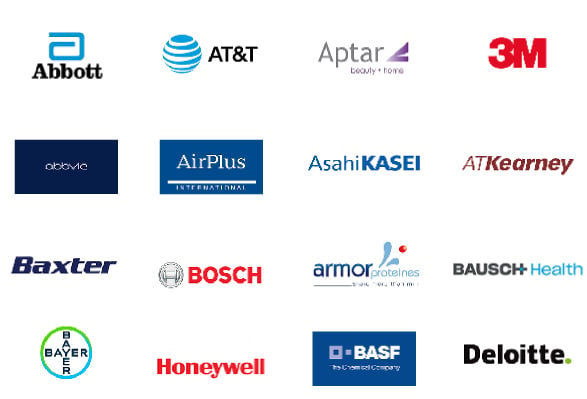The global plastic compounding market is estimated to be valued at USD 72.95 Bn in 2025 and is expected to reach USD 118.81 Bn by 2032, exhibiting a compound annual growth rate (CAGR) of 7.2% from 2025 to 2032.
Key Takeaways of the Plastic Compounding Market:
Market Overview:
Plastic compounding involves the mixing of plastic resins with additive materials to achieve desired properties suited for specific applications. Rising usage of plastics in various end-use industries along with the development of innovative formulations is expected to drive the demand. The market is anticipated to witness significant growth on account of increasing R&D activities focused on the development of customized plastic compounds. Rapid urbanization and growth in automotive, packaging, construction, and electrical & electronics industries globally are the key factors propelling the market size. However, stringent environmental regulations regarding plastic disposal and recycling may hinder the market growth to some extent over the forecast period.
Joining thousands of companies around the world committed to making the Excellent Business Solutions.
View All Our Clients